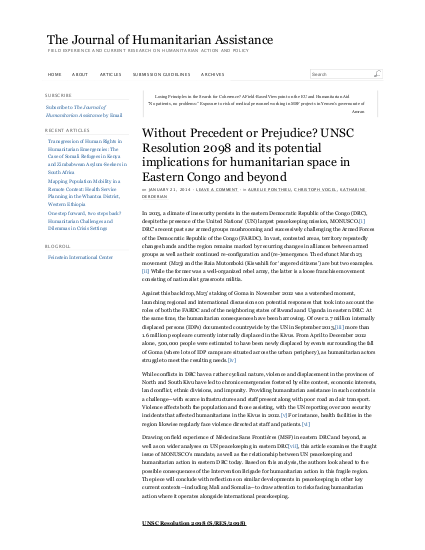
In 2013, a climate of insecurity persists in the eastern Democratic Republic of the Congo (DRC), despite the presence of the United Nations’ (UN) largest peacekeeping mission, MONUSCO. DRC’s recent past saw armed groups mushrooming and successively challenging the Armed Forces of the Democratic Republic of the Congo (FARDC). In vast, contested areas, territory repeatedly changes hands and the region remains marked by recurring changes in alliances between armed groups as well as their continued re-configuration and (re-)emergence. The defunct March 23 movement (M23) and the Raia Mutomboki (Kiswahili for ‘angered citizens’) are but two examples. While the former was a well-organized rebel army, the latter is a loose franchise movement consisting of nationalist grassroots militia.